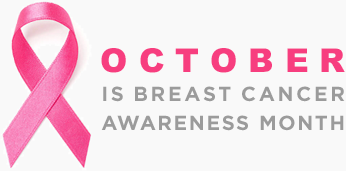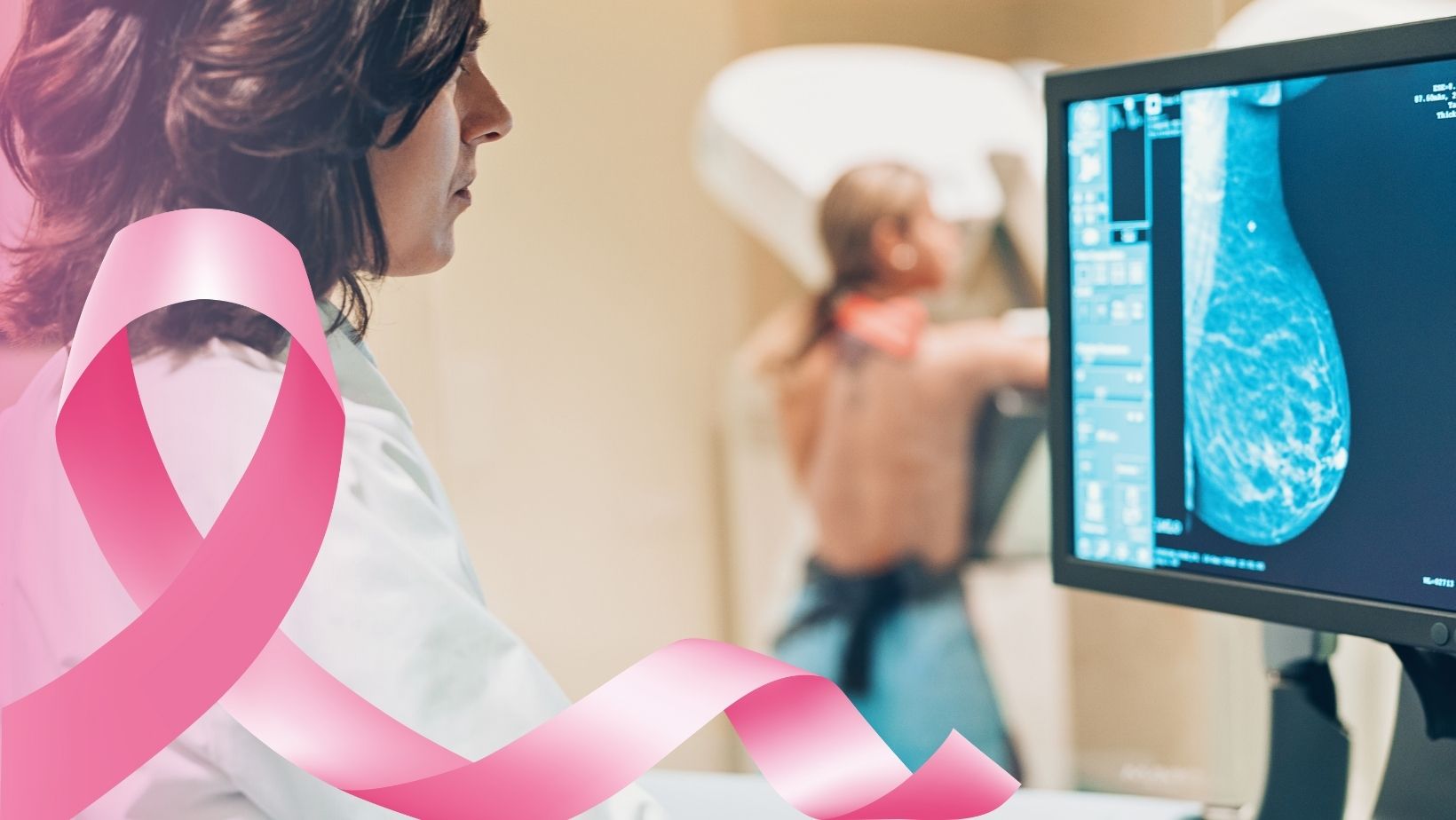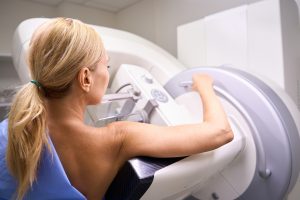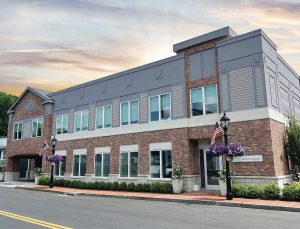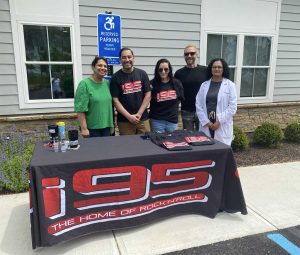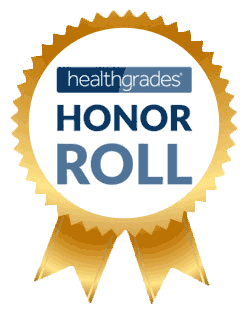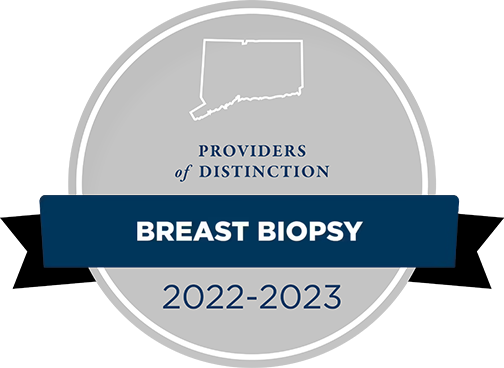See pink, wear pink, think pink in October for Breast Cancer Awareness Month. You just saw a pink ribbon – did it remind you to schedule your annual screening mammogram? Screening mammograms save lives. One in eight women, or about 13%, will have breast cancer in their lifetime, with breast cancer second in the US only to skin cancer and being the most common cancer worldwide in 2021.
Raise awareness, start a conversation
Spread the word, help raise awareness of early breast cancer detection by asking friends and family if they’ve had their annual breast exams. You may find that some friends need that reminder, or may need help making an appointment. Others may be afraid of mammograms and might not have had one in years, or ever! Start a conversation, do research together, share some facts and statistics. The earlier breast cancer is detected the better.
Know someone with breast cancer who needs support?
Ann’s Place in Danbury, CT, is a community-based nonprofit cancer support and resource center serving Connecticut and Hudson Valley New York. They provide comfort, support, and resources to people living with cancer and their loved ones.
Do the wedge, the circle, or the up and down!
Sounds like a dance, but it’s three different patterns you could use for your breast self-exam. You may be shy, but getting to know your breasts can save your life. So do it in the shower, in a mirror, and lying down – if there’s a change in look or feel you may be the first to notice it and should alert your physician. So, take a good look at them. Touch them and become familiar with how they feel, any lumps you may normally have, and how they may change with your menstrual cycle or during menopause.
Look and feel for changes such as:
- a new lump
- nipple inversion
- dimpling
- significant irritation or redness
- thickening breast skin
- persistent pain
- and more
Remember, this does not take the place of regular mammography, ultrasound, and/or MRI. It is part of your routine, like annual physical exams.
I’m only 40, do I need a mammogram?
Yes! You should be getting a mammogram annually once you are 40 years old (or earlier if your physician recommends, or if you are at increased risk of developing breast cancer). Early detection is key to surviving breast cancer. The American Cancer Society says if a localized cancer (one that hasn’t spread outside the breast) is detected early, the 5-year relative survival rate is 99%.
Does race/Ethnicity impact breast cancer?
Yes. According to breastcancer.org, “In women under 45, breast cancer is more common in Black women than white women. Overall, Black women are more likely to die of breast cancer. For Asian, Hispanic, and Native-American women, the risk of developing and dying from breast cancer is lower. Ashkenazi Jewish women have a higher risk of breast cancer because of a higher rate of BRCA gene mutations.”
What about men, do they get breast cancer?
Yes, men do get breast cancer. It’s rarer for a man to get breast cancer than a woman, but about 1% of all breast cancers in the US occur in men, with a lifetime risk of about 1 in 833.
According to the CDC, risk factors for men can include:
- getting older
- genetic mutations
- family history of breast cancer
- radiation therapy treatment
- hormone treatment
- And more
Can the COVID-19 vaccine impact mammograms?
Yes. A COVID-19 vaccine can temporarily swell lymph nodes in the underarm of the same arm the vaccine was given. This is normal and not cancer, but can rarely lead to a false positive read on a mammogram. Don’t let this stop you from getting help if you suspect breast cancer. Be sure to tell the radiologist which arm you had your shot and when.
Why should you choose Connecticut Breast Imaging?
Connecticut Breast Imaging offers state-of-the-art 3D mammography in a caring and relaxed environment not often found in traditional hospital settings. Our radiologists are subspecialty trained in breast imaging and are focused on unsurpassed diagnostics, interpretation, and dedication to each and every patient. Our practice provides a truly safe and compassionate environment, and the most advanced radiological care available today.
